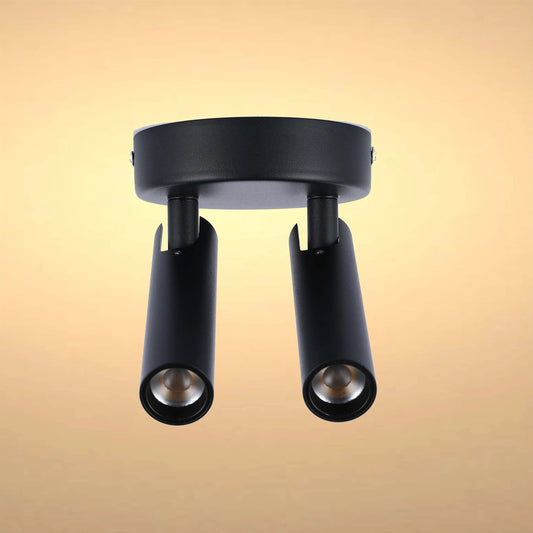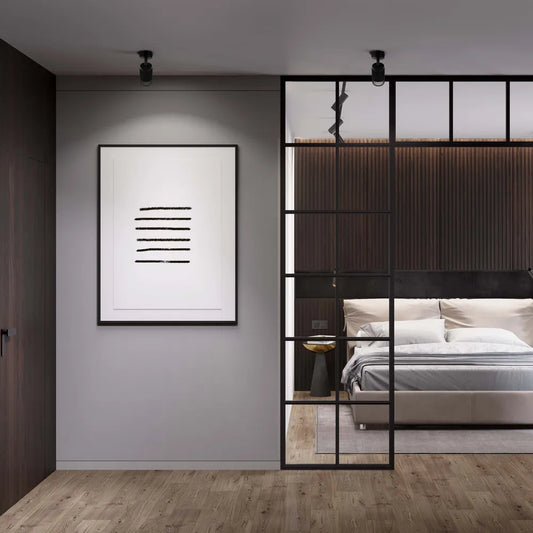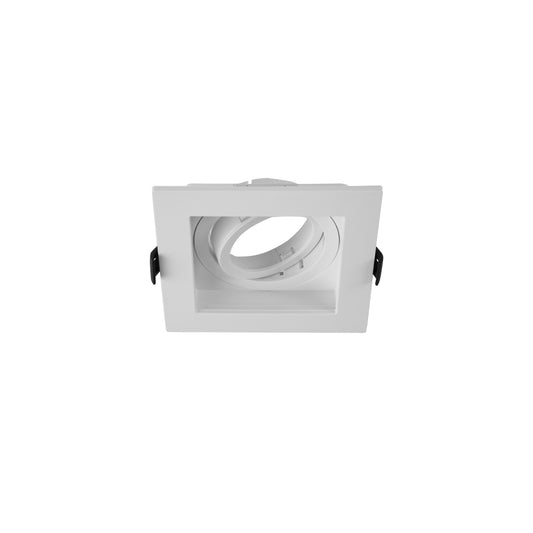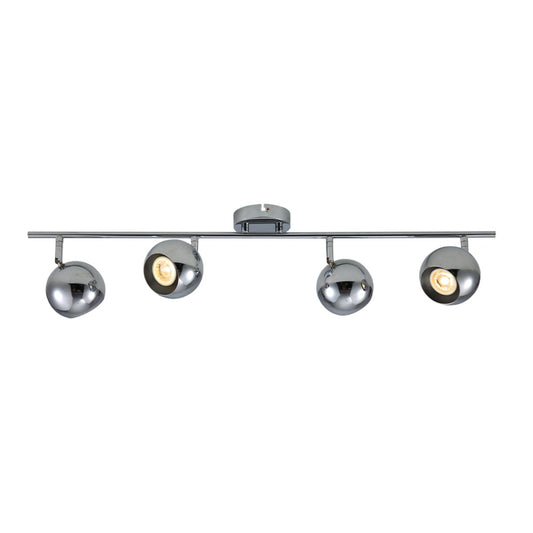-

 30% off
30% offCylindrical Mesh Design Light Collection
Regular price £4.34Sale price £4.34 Regular priceUnit price per£6.20In stockMore options
5 Types, 5 Shapes -


Modern Black & White 2-Light Spotlight
Regular price £31.76Sale price £31.76Unit price perIn stockMore options
2 Colours, 2 Types -

 23% off
23% offTeal Green Adjustable Spotlight Pendant Light with Cross Design and Remote Control
Regular price £162.99Sale price £162.99 Regular priceUnit price per£211.30In stockMore options
2 Sizes -

 22% off
22% offAria Cage-Bar Adjustable GU10 Spotlight
Regular price £8.01Sale price £8.01 Regular priceUnit price per£10.27In stockMore options
3 Sizes, 2 Colours -

 21% off
21% offAntique Bronze & Copper Adjustable Track Spotlights
Regular price £13.54Sale price £13.54 Regular priceUnit price per£17.21In stockMore options
4 Sizes -

 30% off
30% offLuma Cylindro GU10 Spotlight Fixture
Regular price £6.00Sale price £6.00 Regular priceUnit price per£8.60In stockMore options
2 Colours, 4 Sizes -

 31% off
31% offAntique Brass GU10 Spotlight Bar
Regular price £20.11Sale price £20.11 Regular priceUnit price per£28.30In stockMore options
4 Sizes -

 30% off
30% offBeam Cylinder GU10 Spotlight
Regular price £5.83Sale price £5.83 Regular priceUnit price per£8.30In stockMore options
3 Sizes, 2 Colours -

 31% off
31% offAstra Pearl Grey Cylinder GU10 Spotlight
Regular price £9.80Sale price £9.80 Regular priceUnit price per£14.20In stockMore options
4 Sizes -

 29% off
29% offCircular Glow GU10 Spotlight Fixture
Regular price £6.14Sale price £6.14 Regular priceUnit price per£8.60In stockMore options
3 Sizes, 2 Colours -

 27% off
27% offRotatable GU10 Surface Mounted Downlight
Regular price £10.04Sale price £10.04 Regular priceUnit price per£13.80Regular price £10.04Sale price £10.04 Regular priceUnit price per£13.80In stockOut of stock -

 27% off
27% offRotatable & Tiltable GU10 Surface Mounted Downlight
Regular price £7.64Sale price £7.64 Regular priceUnit price per£10.40Regular price £7.64Sale price £7.64 Regular priceUnit price per£10.40In stockOut of stock -

 19% off
19% offSentinel Retractable Compact Adjustable Gimbal Recessed LED Downlight
Regular price £10.00Sale price £10.00 Regular priceUnit price per£12.30In stockMore options
2 Colours, 3 Light Colour-Powers -

 19% off
19% offSentinel Retractable Adjustable Gimbal Recessed LED Downlight
Regular price £10.00Sale price £10.00 Regular priceUnit price per£12.30In stockMore options
2 Colours, 3 Light Colour-Powers -

 37% off
37% offPolycarbonate Rectangle Grill Tilt Recessed Downlight GU10
Regular price £3.02Sale price £3.02 Regular priceUnit price per£4.78In stockMore options
2 Colours, 3 Sizes -

 30% off
30% offRotatable Cylinder Rod GU10 Spotlight Back-Center Connected
Regular price £12.60Sale price £12.60 Regular priceUnit price per£18.00In stockMore options
2 Colours, 4 Sizes -

 34% off
34% offHektor Rotatable GU10 Spotlight Antique Brass Black
Regular price £12.51Sale price £12.51 Regular priceUnit price per£20.00In stockMore options
2 Colours, 4 Sizes -

 25% off
25% offSkurupp Cone Rotatable GU10 Chrome Spotlight White
Regular price £25.05Sale price £25.05 Regular priceUnit price per£38.00Low stockMore options
4 Sizes -

 37% off
37% offVirmo Rotatable Long Cylinder GU10 Spotlight Square or Linear Rose Side Connected Black
Regular price £12.65Sale price £12.65 Regular priceUnit price per£20.00In stockMore options
5 Sizes -

 29% off
29% offMane Rotatable Cylinder GU10 Spotlight Round Rose
Regular price £27.67Sale price £27.67 Regular priceUnit price per£36.00In stockMore options
2 Colours, 4 Sizes -

 36% off
36% offVirmo Rotatable Cylinder Rod GU10 Spotlight Side Connected Black
Regular price £12.76Sale price £12.76 Regular priceUnit price per£20.00In stockMore options
4 Sizes -

 21% off
21% offSphere Rotatable GU10 Spotlight
Regular price £15.81Sale price £15.81 Regular priceUnit price per£20.00In stockMore options
2 Colours, 4 Sizes -

 34% off
34% offMoern S Shape Rotatable GU10 Spotlight Black and Chrome
Regular price £29.51Sale price £29.51 Regular priceUnit price per£45.00In stockMore options
4 Sizes -

 35% off
35% offRotatable Tilt GU10 Spotlight Round Square Linear Rose
Regular price £11.15Sale price £11.15 Regular priceUnit price per£16.70In stockMore options
2 Colours, 5 Sizes
You’ve viewed 24 of 30 products
To help you choose the right product, we’ve answered some of the most common questions our customers ask:
What are the different types of spotlights available?
Spotlights come in various shapes and sizes, including fixed and adjustable (tilting or rotating). There are also spotlights designed for specific purposes, like recessed downlights for ceilings and spotlights for use in bathrooms.
What should I consider when choosing spotlights?
Think about where you'll be using your spotlights and what style you're going for. Whether they need to be fixed or adjustable and features like dimmability, fire-rating or IP rating for water resistance are all important considerations.
Are spotlights energy-efficient?
Spotlights can be very energy efficient, especially if you opt for LED bulbs. Many of the spotlight fittings we offer are designed for use with energy-saving GU10 LED bulbs, making them a great choice if you're looking to save on your energy bills.














































